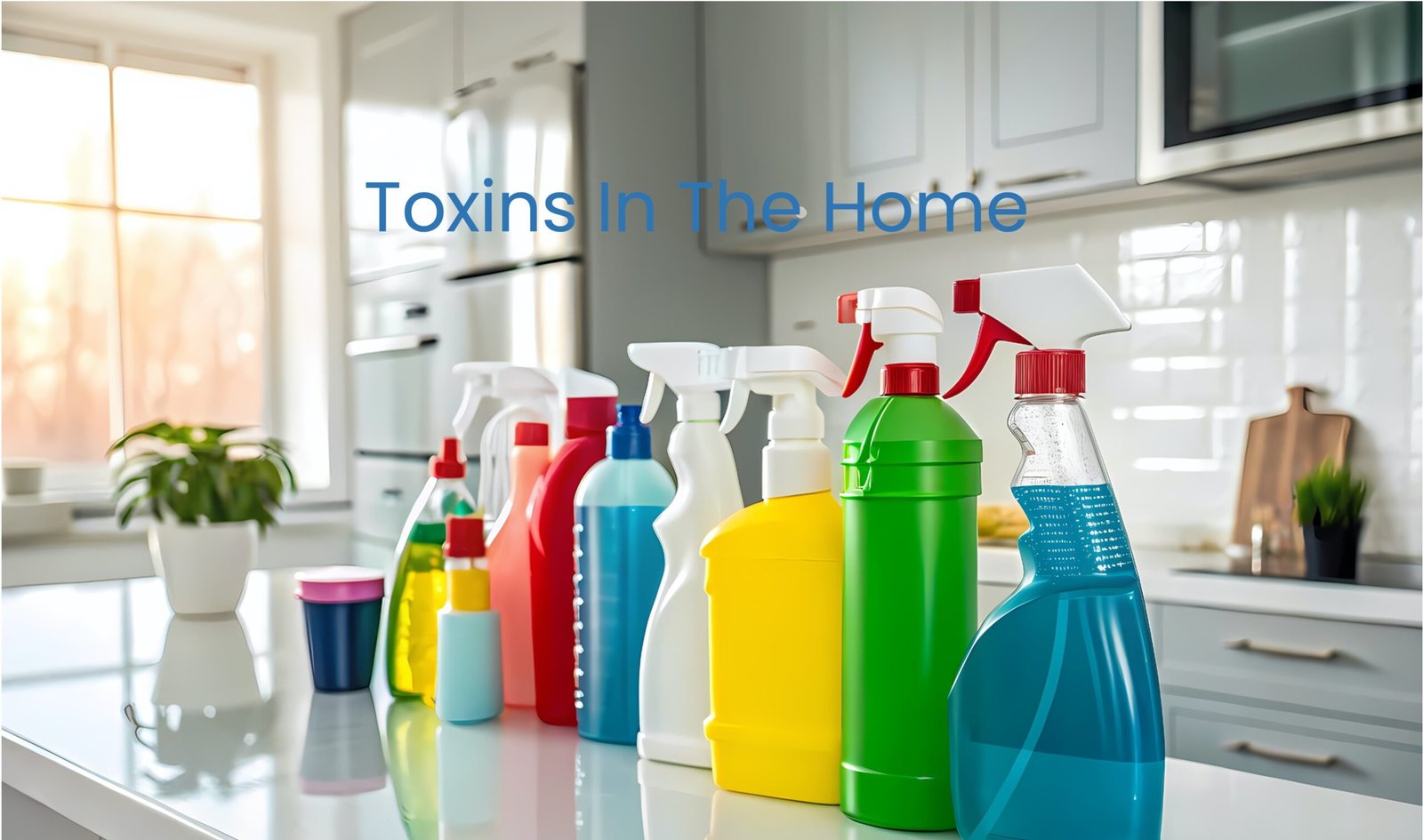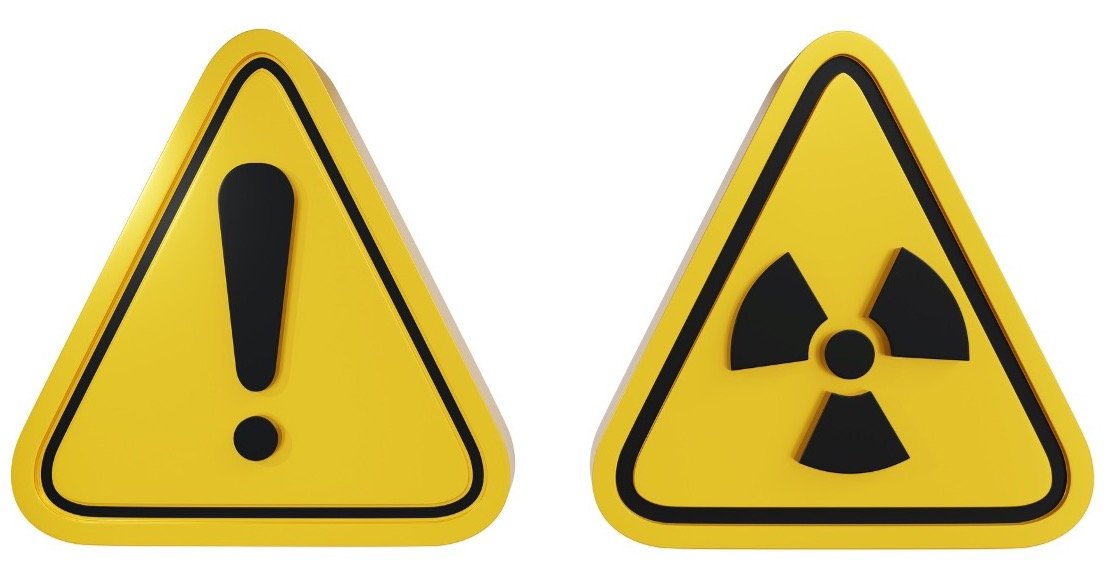
The Hidden Hazards of Modern Living
Your home should be your sanctuary — a place of comfort, rest, and recovery.
But in today’s world, the modern home has quietly become one of the greatest sources of toxic exposure. From the sofas we sit on to the laundry detergents we use, our living spaces are now chemical landscapes filled with unseen pollutants that compromise our air, our organs, and our long-term vitality.
The Silent Invaders in Everyday Living
Every corner of the home can release toxins into the air and into your body. Many of these chemicals — PFAS, phthalates, microplastics, and volatile organic compounds (VOCs) — persist for years, continually circulating through dust and air, silently accumulating in the lungs, liver, and bloodstream.
Let’s take a closer look at some of the major offenders:
🛋️ Furniture & Fabrics
-
Sofas and armchairs made with synthetic foam contain flame retardants (PBDEs, TBBPA) and formaldehyde-emitting adhesives.
-
Curtains, carpets, and rugs are often coated in PFAS for stain resistance and pesticides to deter moths or mites.
-
Bedding and mattresses can contain antimicrobial treatments, glues, and microplastics, which off-gas VOCs directly into the air you breathe at night.
-
Even lighting fixtures and air conditioners release microplastic dust or plasticizers from insulation and filters over time.
The result: your indoor air becomes up to five times more polluted than outdoor air, as confirmed by multiple studies from the U.S. Environmental Protection Agency (EPA).
The Hidden Toxins in Cleaning & Laundry Products
Household cleaners are another major contributor to toxic load. Many products sold as “fresh” or “antibacterial” contain an invisible cocktail of industrial chemicals that stay in the home long after cleaning is done.
Common contaminants include:
-
PFAS — for water or stain resistance in cleaning agents and laundry detergents.
-
Phosphates — in detergents, disrupt gut microbiota and aquatic life.
-
Heavy metals — trace contaminants in dyes and optical brighteners.
-
Microplastics and polymers — added to liquid detergents and softeners for “texture.”
-
Formaldehyde and ammonia — in surface cleaners, causing respiratory irritation.
-
Synthetic fragrances — derived from phthalates, linked to hormone disruption and fertility issues.
Even washing powders and liquids are far from safe. The gentle scent of “fresh linen” often hides over 100 synthetic chemicals, many of which remain in fabric fibres — meaning every breath you take from your clothing, bedding, or towels carries traces of toxins.
Haberdashery Products: The Forgotten Source of Pollution
Few people realise that haberdashery and household textiles are often saturated with industrial-grade chemicals for durability, water resistance, or flame retardancy.
This includes:
-
Synthetic upholstery and nylon fabrics – release microplastics and formaldehyde.
-
Carpets and underlays – emit styrene and VOCs for years after installation.
-
Curtains and blinds – often treated with PFAS and UV-blocking agents.
-
Foam cushions – contain TDI (toluene diisocyanate), a respiratory toxin.
Combined, these create a constant low-dose exposure — one your body must fight daily just to maintain equilibrium.
Toxic Overload: A Full-Time Job
Modern life is an unrelenting battle against toxic accumulation. The air, water, food, and objects we interact with daily create an environment where detoxification is no longer optional — it’s essential.
Toxic overload weakens immunity, drains energy, accelerates aging, and contributes to the silent epidemic of autoimmune and neurological disease.
The body was not designed to handle the volume and diversity of synthetic toxins present today. Which is why Flush GBI exists — to give your body a fighting chance.
How Flush GBI Helps You Reclaim Your Home and Health
Flush GBI is designed to neutralise and remove harmful compounds such as PFAS, microplastics, glyphosate, heavy metals, and phthalates from your system — supporting the gut, liver, and lymphatic pathways that modern life overwhelms.
Our proprietary compound, CCP-Chloride, works in harmony with your body to:
-
Coat and neutralise toxic particles, preventing reabsorption.
-
Flush contaminants through the intestinal and lymphatic systems.
-
Support long-term resilience through gentle, natural detox cycles.
Used as part of a regular maintenance program, GBI helps your system adapt and recover from environmental stressors — a vital step in a world where staying clean is no longer simple.
Detox Starts at Home
Transform your environment by making conscious changes:
-
Use glass, ceramic, or copper cookware and utensils — never plastic or Teflon.
-
Choose organic, fragrance-free cleaning products made from vinegar, lemon, and bicarbonate of soda.
-
Replace synthetic fabrics with cotton, linen, or wool.
-
Filter your air and water.
-
And support your detox from the inside with Flush GBI. Learn more about the hidden chemicals in your home
Visit our Toxins Database and discover what’s really around you — and how to protect yourself.

